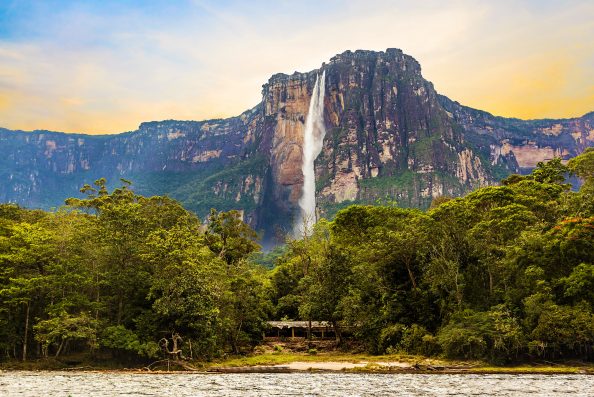The fossilized remains of a prehistoric sea cow were unearthed in northern Venezuela. The unfortunate creature was likely killed by an ancient crocodile and then eaten by a tiger shark.
It is a rare example of one animal being targeted by two different predators during the Early to Middle Miocene Epoch, which occurred 23 million to 11.6 million years ago.
Fossils can usually show evidence of an animal that was eaten by another, but it’s difficult to determine the difference between scavenging and active predation.
The newly discovered skeleton provides insights into the complex food chain network in the region millions of years ago.
The extinct sea cow was from the genus Culebratherium. There were deep teeth marks on its snout, suggesting that a crocodile grabbed its victim by the face in an attempt to suffocate it.
Afterward, the ancient crocodile dragged its prey away and spun the prey’s body to rip it apart, as evidenced by other cuts and gashes on the sea cow. This hunting strategy is still used by crocodiles today and is known as a “death roll.”
Additionally, experts found a tooth from a tiger shark (Galeocerdo cuvier) between the sea cow’s neck and rib cage, as well as shark bite marks across its skeleton.
Modern tiger sharks are notorious for being lazy hunters who merely scavenge for food, and the same could be said for the ones that existed millions of years ago.
The sea cow’s skeleton included its skull and 18 vertebrae. It was discovered in outcrops of the Agua Clara Formation located near the city of Coro.

Sign up for Chip Chick’s newsletter and get stories like this delivered to your inbox.


